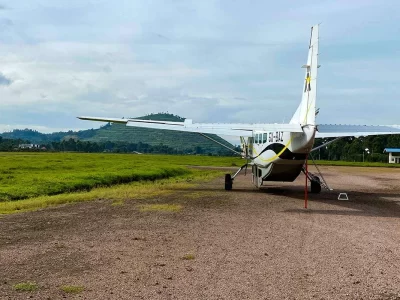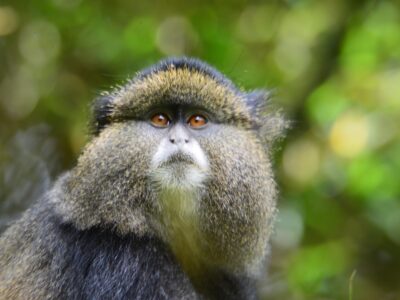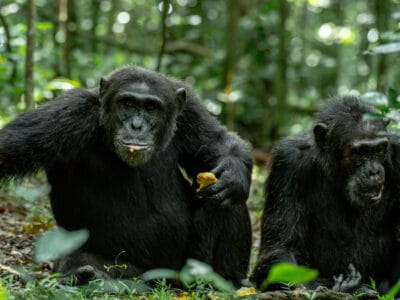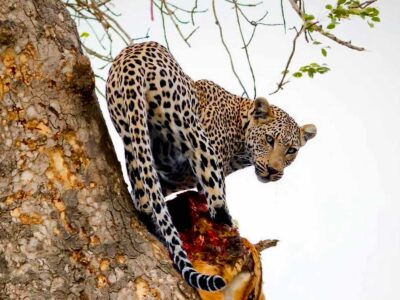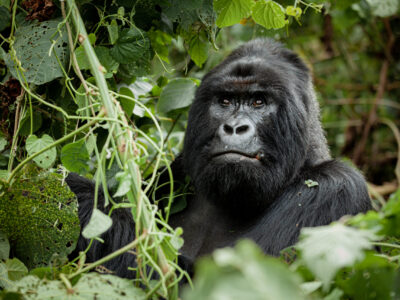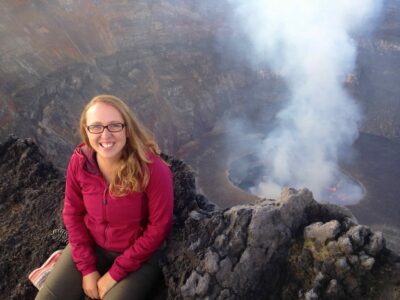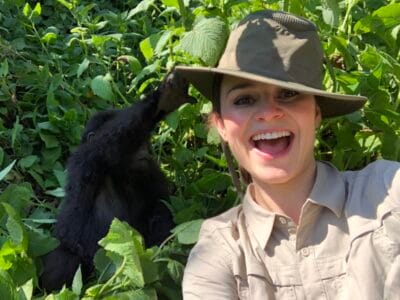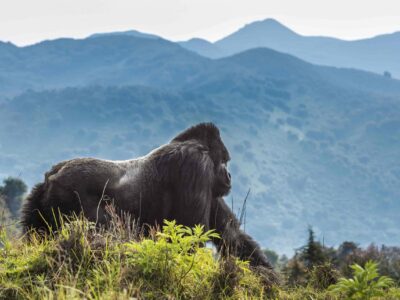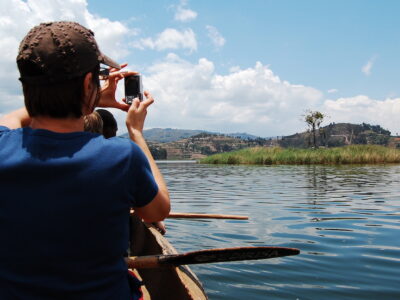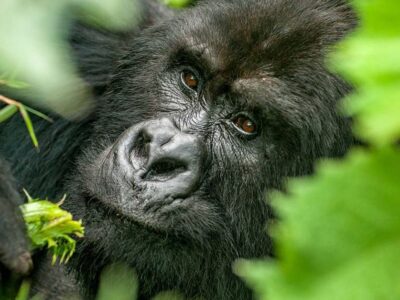The mountain gorilla, one of the world’s most endangered primates, has a small population that is largely concentrated in a handful of protected areas across Central and East Africa. For travelers seeking an unforgettable wildlife encounter, gorilla trekking is a once-in-a-lifetime experience. The three primary destinations for this activity are Bwindi Impenetrable National Park and Mgahinga Gorilla National Park in Uganda, and Volcanoes National Park in Rwanda. While all three parks offer the incredible opportunity to see these magnificent creatures in their natural habitat, each presents a distinct trekking experience defined by its geography, gorilla families, and accessibility.
Bwindi Impenetrable National Park, Uganda
Bwindi is a UNESCO World Heritage site and home to approximately half of the world’s mountain gorilla population, making it the most popular destination for gorilla trekking. Its name, “Impenetrable,” hints at the dense, misty forest and steep terrain that define the trekking experience here. Bwindi is divided into four distinct trekking sectors, each with its own characteristics and habituated gorilla families.
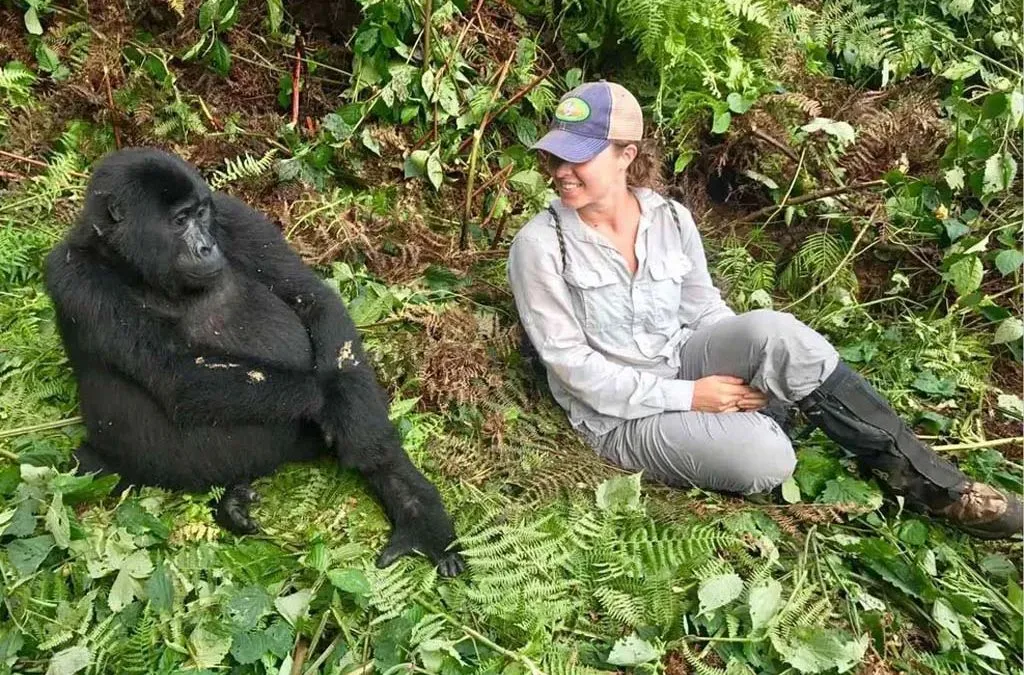
- Buhoma Sector: Located in the northern part of the park, Buhoma is the oldest and most established trekking sector. It is known for its relatively easier treks and is often a good choice for travelers who prefer a less strenuous hike. This sector is home to several gorilla families, including the renowned Mubare group, the first to be habituated for tourism.
- Ruhija Sector: Found in the eastern part of the park, Ruhija is known for its high-altitude, colder climate. It provides a more secluded and private trekking experience compared to the more popular Buhoma. This sector is also a prime location for birdwatching and is accessible to those traveling from Queen Elizabeth National Park.
- Rushaga Sector: Situated in the southern part of Bwindi, Rushaga has the highest number of habituated gorilla families, offering more permits and greater flexibility. It is also the only sector where the unique Gorilla Habituation Experience is offered, allowing visitors to spend up to four hours with a gorilla family. The treks here can be physically demanding due to the steep terrain.
- Nkuringo Sector: Also in the south, Nkuringo is known for offering some of the most challenging but rewarding treks. The high altitude and steep slopes make for a strenuous hike, but the views are spectacular. Nkuringo is a great choice for adventurous trekkers looking for a more rugged and authentic experience.
A gorilla permit in Uganda, which covers both Bwindi and Mgahinga, costs $800 for foreign non-residents. This permit allows for one hour of viewing the gorillas once the family is located.
Mgahinga Gorilla National Park, Uganda
Mgahinga Gorilla National Park, while smaller than Bwindi, is equally significant. It is part of the larger Virunga Massif and is famous for its stunning volcanic scenery. Mgahinga offers a different experience compared to Bwindi, often described as more relaxed and less crowded.
- Nyakagezi Gorilla Family: For many years, Mgahinga was only home to one habituated gorilla family, the Nyakagezi group. This group was known for its tendency to roam across the borders into Rwanda and the Democratic Republic of Congo, making it a less predictable trekking option. However, in recent years, the family has become more settled in Uganda, making it a reliable choice. The trek to find the Nyakagezi family is often considered easier and shorter than many of the treks in Bwindi due to the more open bamboo and montane forest.
- Hirwa Gorilla Family: Occasionally, a gorilla family known as Hirwa, which originated from Volcanoes National Park in Rwanda, migrates to Mgahinga. This provides a temporary second trekking option, though its presence is not guaranteed.
Mgahinga is also famous for its golden monkey trekking, and visitors can combine both activities in the “where gold meets silver” experience.
Volcanoes National Park, Rwanda
Volcanoes National Park is Rwanda’s gorilla trekking hub and an integral part of the Virunga Massif. It is a land of dormant volcanoes and misty forests, with a legacy tied to the primatologist Dian Fossey, who conducted her research here.

- Gorilla Families and Sectors: Volcanoes National Park has a higher density of habituated gorilla families, and visitors are assigned to a group on the day of the trek based on their fitness level and preference. Some of the well-known families include the Sabyinyo group, which is known for its easy accessibility, and the Susa A group, which was studied by Dian Fossey and is known for its large size and challenging trek. The park also features the Kwitonda group, which migrated from the Democratic Republic of Congo.
A gorilla permit in Rwanda is significantly more expensive than in Uganda, costing $1,500 per person. However, the higher price comes with well-maintained trails and a highly efficient trekking operation. The park’s proximity to Kigali’s international airport also makes it a convenient and time-efficient option for many travelers.
Conclusion
Whether you choose the diverse and challenging treks of Bwindi, the scenic and less crowded trails of Mgahinga, or the convenient and historically significant paths of Volcanoes, a gorilla trekking safari is an unparalleled adventure. Each region offers a unique way to connect with these incredible creatures, leaving you with memories that will last a lifetime.
To book a Rwanda or Uganda gorilla tour package- simply contact us now by sending an email to [email protected] or calling +256-700135510 to speak with the reservations team.

